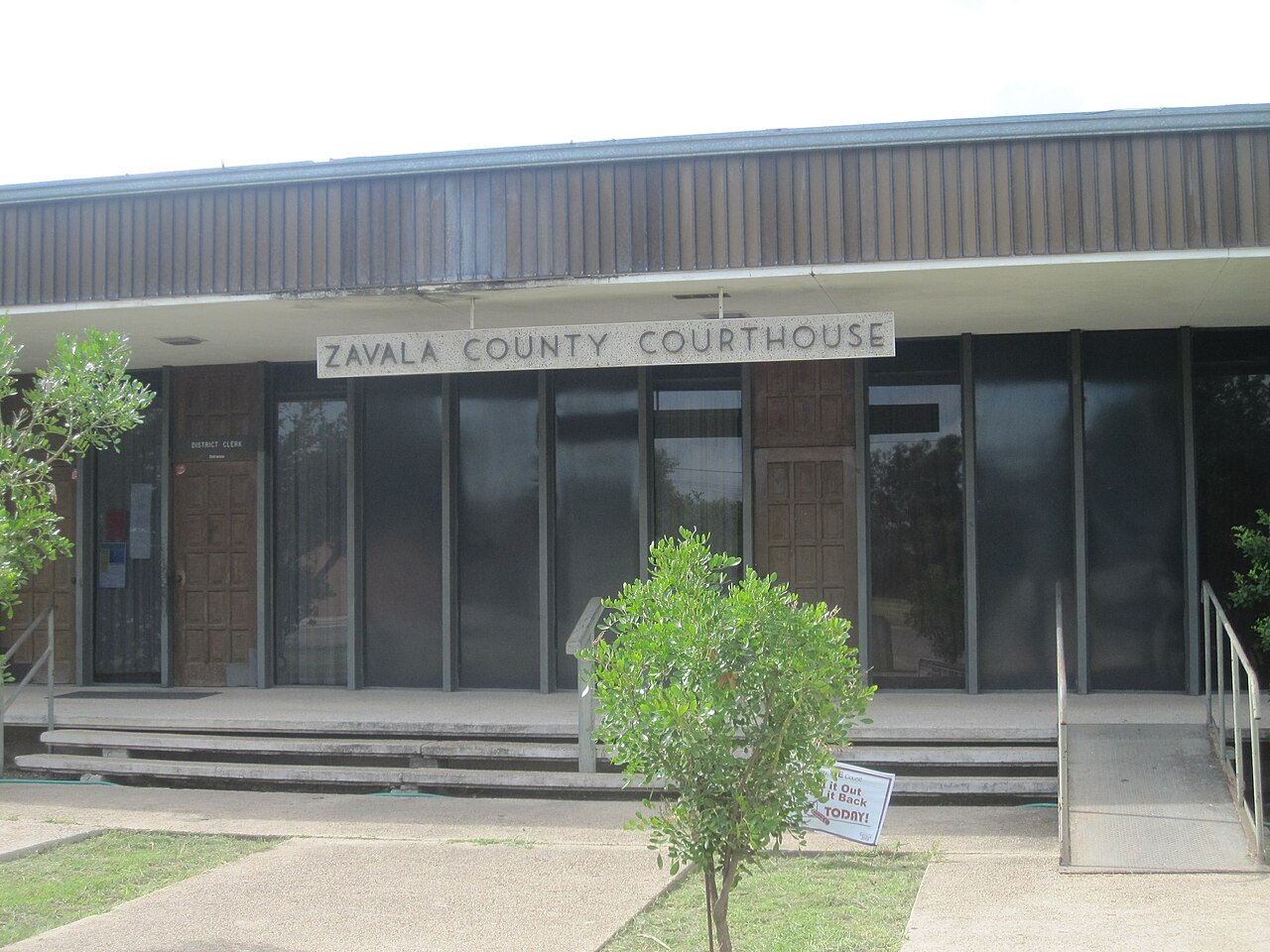Texas Writs of Garnishment to Collect Judgment Liens from Tom Green County, Texas
In Tom Green County, Texas, Busby & Associates is your trusted partner for comprehensive judgment-related services. Our skilled attorneys are experienced in defending, collecting, and enforcing judgments, with a primary focus on garnishing bank accounts and financial institutions. As consumer bankruptcy, family law, and divorce lawyers, we also offer assistance to both obligors and obligees under child support liens, providing collections prosecution and defense. Additionally, we have the capability to domesticate foreign child support liens specific to Tom Green County. If you’re a judgment creditor struggling to receive payment or facing challenges in collecting your judgment, especially if the debtor resides in Tom Green County, contact us. We will provide you with the necessary guidance, explain the process, and help you collect your judgment effectively.
Texas Judgment liens in Tom Green County
In Tom Green County, an appropriately filed judgment lien acts as a lien on all nonexempt real property owned by the judgment debtor. The creation of a judgment lien involves the accurate recording and indexing of an abstract of judgment. To fix the judgment lien, the abstract of judgment must be filed in each county where the lien is sought. The lien’s validity extends for ten years from the date of recordation and indexing, unless the judgment becomes dormant. It is important to note that the underlying judgment must be final and not interlocutory. However, even if the judgment is under appeal or a supersedeas bond has been filed, it is still possible to file an abstract of judgment based on the final judgment. Furthermore, if the judgment creditor has taken the necessary steps to obtain a lien prior to the judgment’s appeal, the appeal itself will not nullify the effect of those steps in the event of an affirmance. These rules specifically apply to judgments issued by Texas state trial courts and do not encompass the enforcement of judgments from other states and foreign jurisdictions. For the enforcement of such judgments, the judgment must first be domesticated in Texas to create a lien, following which an abstract of judgment may be filed.
Texas Abstract of Judgment
Texas allows either the judge, justice of the peace, clerk of the court, or the judgment creditor or his agent, attorney, or assignee to prepare the abstract of judgment for judgments rendered in all but small claims and justice courts. However, in small claims and justice courts, the judgment creditor is not allowed to prepare their own abstract. Additionally, abstracts of federal court judgments require the certificate of the clerk of the court. If you are in Tom Green County, Texas, you can abstract your judgment lien at the County Clerk’s office located at 124 W Beauregard Ave, San Angelo, Texas 76903.
Contents
When preparing a Texas abstract of judgment, it is necessary to include certain elements to ensure compliance. These elements consist of the names of the plaintiff and defendant, the defendant’s birthdate (if known by the clerk of justice), the last three digits of the defendant’s driver’s license (if available), the last three digits of the defendant’s social security number (if accessible), the suit number in which the judgment was rendered, the defendant’s address or, if not indicated in the suit, the nature of citation along with the date and place of citation service, the date of judgment, the amount for which the judgment was rendered and the outstanding balance, any child support arrearage, the interest rate specified in the judgment, and the mailing address for each plaintiff or judgment creditor. It is important to note that the inclusion of the mailing address is crucial to avoid the imposition of a penalty filing fee. Furthermore, the abstract of judgment must be verified by the creditor’s attorney, and unsworn declarations are not admissible.
Recordation of Judgment Liens Abstract
Tom Green County is the designated jurisdiction for the proper recording of the abstract of judgment when the debtor has real property in that jurisdiction. The abstract is delivered to the Tom Green County clerk, who diligently records it in the county’s real property records, ensuring accurate documentation of the date and time of recordation. Additionally, the clerk is obliged to enter the abstract in the alphabetical index to the real property records, providing a comprehensive listing of the plaintiffs’ and defendants’ names in the judgment, along with the page number where the abstract is officially recorded.
Abstracts of Domesticated Judgment Liens.
The Uniform Enforcement of Foreign Judgments Act and the Uniform Foreign-Country Money Judgments Recognition Act state that judgments filed under these Acts are enforceable in Texas with the same level of enforceability as judgments in the court where they were originally filed. The foreign judgment holder must comply with the lien requirements to properly domesticate the judgment in Texas.
Property To Which Lien Attaches Non-Exempt Real Property
The judgment lien is enforceable on all nonexempt real property owned by the defendant and located in Tom Green County, as recorded in the county.
Keeping the Judgment and Judgment Lien Alive
1. Non-governmental Judgments
To ensure the judgment lien’s continuity, it remains in force for a period of 10 years from the recording and indexing of the abstract, unless it becomes dormant. Thus, it is crucial to (1) actively preserve the judgment and (2) obtain and record a new abstract of judgment to preserve the lien. A judgment becomes dormant if a writ of execution is not issued within 10 years from its rendition, but it can be revived through scire facias or by initiating an action of debt within two years from the date of dormancy.
2. State or State Agency Judgments.
Judgments rendered by the state or a state agency do not lose their enforceability and remain legally binding. The proper filing of an abstract of judgment creates a lien that remains effective for 20 years from the filing date, and the lien can be extended for an additional 20-year period by filing a renewed abstract of judgment.
3. Political Subdivisions.
Dormancy statutes stipulate that judgments of political subdivisions can become inactive, but the revival statute (Civ. Prac. & Rem. Code § 31.006) explicitly states that the political subdivision is exempt from the statute of limitations. As a result, judgments of political subdivisions can be revived at any time, extending beyond the two-year dormancy period.
4. Child Support Judgments.
Child support judgments are specifically excluded from the dormancy statute by § 34.001 Subsection (c) of the Civ. Prac. & Rem. Code, applicable to all such judgments regardless of when they were rendered.
Property Subject to and Exempt from Execution.
1. Property Subject to Execution.
The execution is entitled to seize the judgment debtor’s property unless it is exempted by constitutional provisions, statutes, or any other rule of law. In most cases, the following types of property will not be exempt: a. Cash on hand or in checking or savings accounts; b. Pleasure boats and associated motors and trailers; c. Collections of items such as stamps, coins, etc.; d. Stocks, bonds, notes, and other investments; e. f. Airplanes. Corporations do not have any protected property.
2. Property Exempt from Execution.
The execution of property is exempted for the following categories, whether it pertains to a family or a single adult: a) The homestead b) Personal property falling within diverse specified categories, up to an aggregate fair market value not exceeding $100,000.00 for families or $50,000.00 for single adults without family affiliation c) Current wages earned from personal service (excluding child support) and unpaid commissions, limited to twenty-five percent (25%) of the $50/$100,000 aggregate limitations d) Professionally prescribed health aids e) Worker’s compensation payments f) Cemetery lots held for sepulcher purposes g) Property that the judgment debtor sold, mortgaged, or conveyed in trust, provided that the purchaser, mortgagee, or trustee identifies other property sufficient to fulfill the execution h) Assets held by the trustee of a spendthrift trust for the benefit of the judgment debtor i) Certain insurance benefits j) Specific savings plans, including retirement benefits and health savings plans k) College Savings Plans l) Certain consigned artwork.
WRITS OF GARNISHMENT.
When determining whether a third party owes any funds or property to the judgment debtor, a judgment creditor can utilize the post-judgment garnishment process. If any debts are found, the creditor (garnishor) can obtain a garnishment judgment, compelling the third party (garnishee) to pay funds to the garnishor instead of the judgment debtor.
Requirements to Issue
Following the obtainment of a judgment, garnishment can be pursued if the following conditions exist: a) The creditor possessing a valid and subsisting judgment against the debtor, with the judgment being considered final and subsisting from the date of rendition. b) The debtor not having filed an approved supersedeas bond to suspend execution on the judgment. c) The creditor asserting, based on their knowledge, that the judgment debtor does not have sufficient property in Texas that is subject to execution and can satisfy the judgment.
Procedure for Securing Issuance Jurisdiction and parties
Keep in mind that a post-judgment garnishment action represents a separate legal proceeding distinct from the main case it aims to enforce. The third-party garnishee should be designated as the defendant, signifying their involvement in this ancillary lawsuit. File the application for post-judgment garnishment in the same court that rendered the judgment, under a distinct cause number.
Service of the writ of garnishment/notice to judgment debtor.
To commence the garnishment action, the garnishee must be served with the writ of garnishment, and the judgment defendant, although not a necessary party, must be served with a copy of the writ of garnishment, the application, accompanying affidavits, and court orders promptly after serving the garnishee. Additionally, it is mandated that the copy of the writ served to the defendant contains its contents in 12-point type and is presented in a manner calculated to inform a reasonably attentive person. Failure to provide proper notice to the judgment debtor regarding the garnishment renders any judgment, other than one dissolving the writ, null and void.
Banks as Garnishees for Writs of Garnishment
The delivery of garnishment writs served on garnishee banks requires them to be sent to the address designated as the registered agent of the financial institution in its registration statement filed with the Secretary of State, as specified under Section 201.102 or 201.103 of the Finance Code. Out-of-state financial institutions seeking registration with the Secretary of State must comply with the state’s laws governing foreign corporations conducting business in the state, including the designation of an agent for process under Section 201.102. Conversely, Texas financial institutions have the option to file a statement with the Secretary of State appointing an agent for process under Section 201.103.
Officer’s Return.
Tex. R. Civ. P. 663 stipulates that the officer who executes a writ of garnishment must provide a return that conforms to the citation requirements. When seeking a garnishment judgment, it is advisable for the judgment creditor to carefully review the return, especially in the case of a default judgment. Returns in garnishment proceedings are governed by the rules applicable to citations in general. Courts have held returns to be fatally defective if they do not specify the manner of service on a corporate garnishee or the place of service.
Forms for the form and Practical Procedure
If a bank account or other debt owed by the judgment debtor subject to garnishment is discovered and the sufficient funds involved make it cost-effective, proceed by filing an Application For Garnishment supported by a signed affidavit. The affidavit, to be signed by the attorney representing the judgment creditor, should include the necessary information for the application, such as details of the original lawsuit and judgment, any credits applied to the judgment, the proper garnishee name, officers for service, service address, and, if available, account names and numbers.
Struggling to collect your judgment in Texas? Seek assistance from Busby and Associates. With their contingency-based services, upfront expenses are not a burden. Judgments from other states involving a Texas-based judgment debtor undergo individual evaluation, sometimes necessitating a retainer. Moreover, in Tom Green County, they can help you garnish a bank account or financial institution, facilitating the recovery process.














